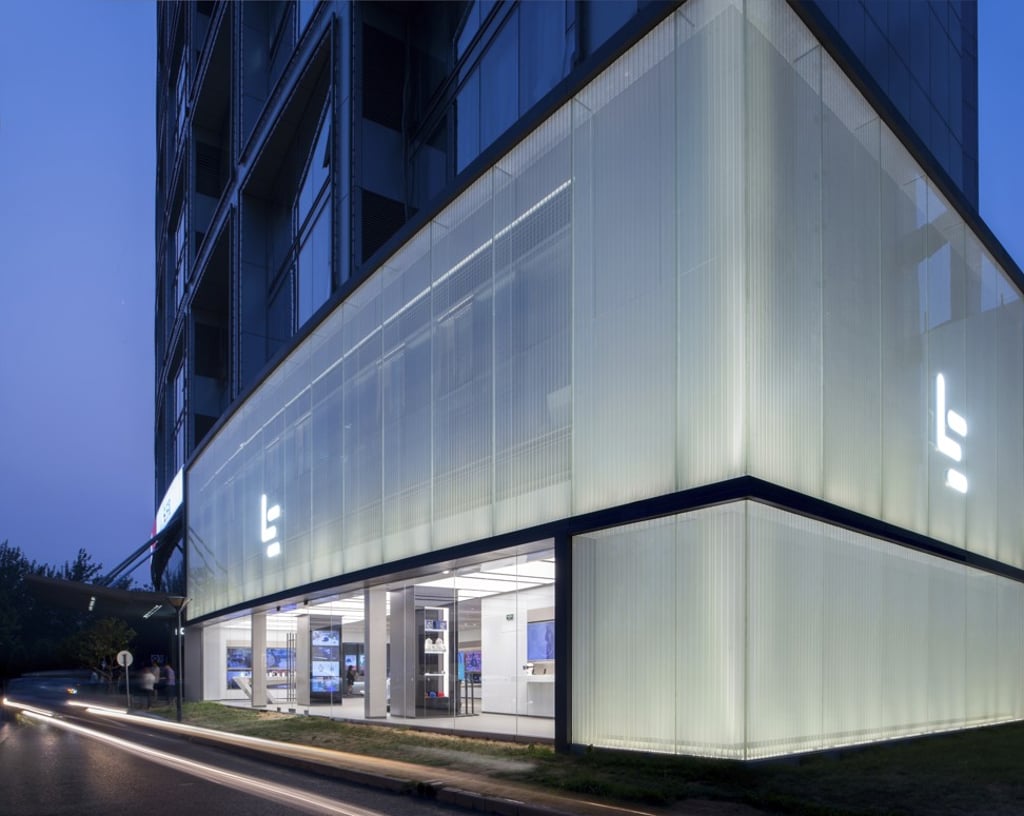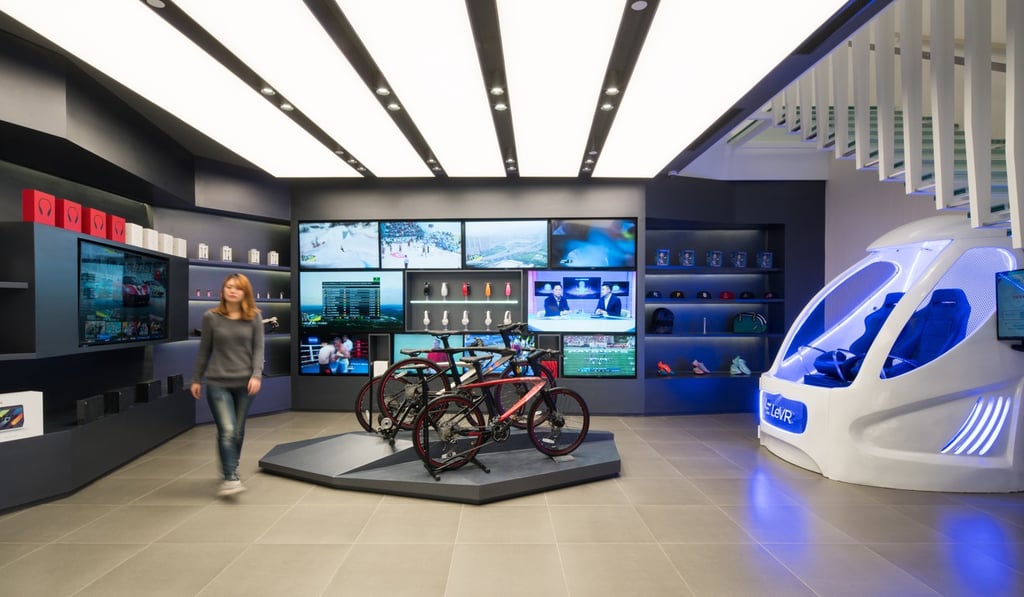In China they do things faster: an architect’s journey from San Francisco to Beijing
Michael Tye, architect for CallisonRTKL, whose grandfather came from Guangzhou, talks about what luxury means for Chinese clients

What was it like moving to China from the United States 10 years ago? “I’d travelled to China numerous times. My late grandfather was originally from Guangzhou. In 2005, when he was 98, we took him back to the village he came from. The scale of things is so different in China. At our peak in the US, I would do eight to 10 retail projects a year. In China, it’s 25 or 30 a year – everything from luxury retail stores to automobile dealers to flagships.”
Is there one project you’ve been especially excited about? “LeEco is a brand not widely known outside China. It’s kind of the equivalent of Netflix. It’s classified as an online company but is not a small company. They had a vision to build an ‘experience showroom’ when they started rolling out mobile phones, flat-screen TVs and accessories. They didn’t have a notable retail presence so they had a clean slate to tell their story.”

Tell us about the showroom. “It’s 500 square metres and on the first floor of LeEco’s [Beijing] headquarters. It has limited visibility from the street and the area is not exactly considered Rodeo Drive, so we decided to build the largest and coolest billboard we could: we created a two-storey-high screen made of three layers of glass, each layer with a different pattern. During the day, you look out and see daylight. At night, the magic starts, the pattern lights up and creates a glow.”

What other brands have you found it rewarding to work with? “Porsche. It’s an iconic name. Our job was to take that existing brand and adjust it to the local market. There is a certain level of expectation and luxury in China. For example, here, instead of being off to the side, the reception desk should face the entryway, as that is seen as inviting and luxurious.”